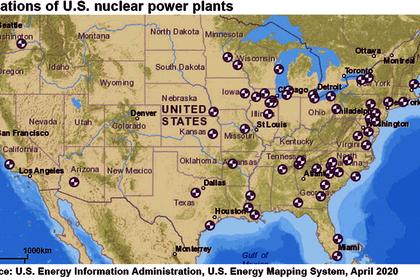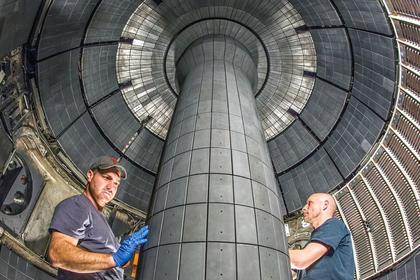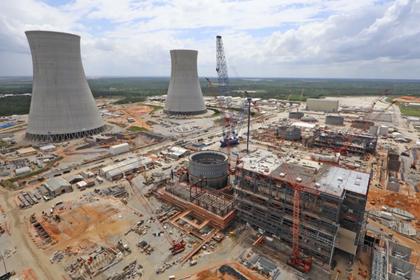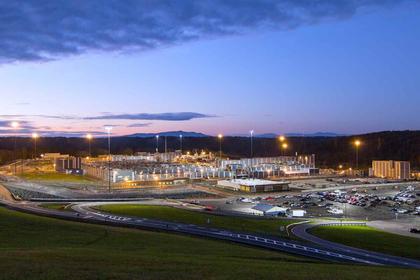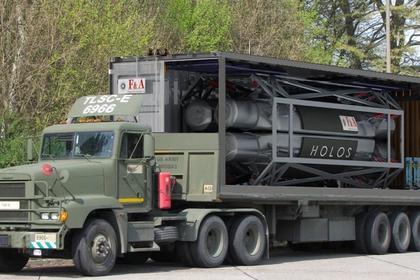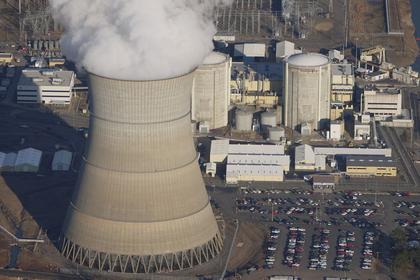
NUCLEAR POWER FOR AMERICA
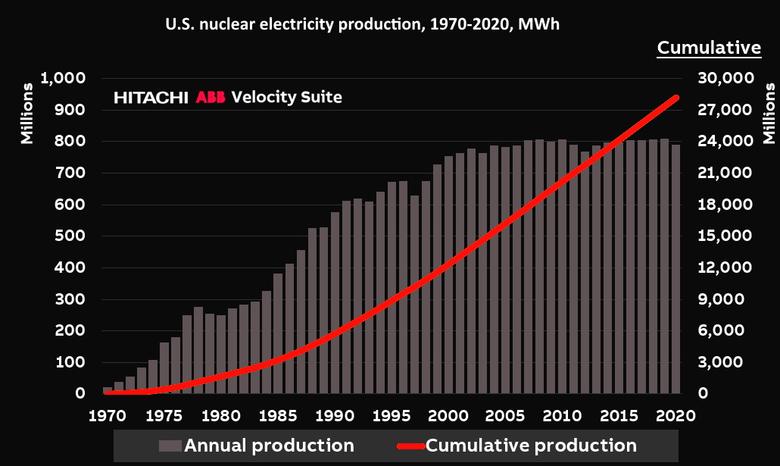
By Kent Knutson Energy Market Specialist Hitachi ABB Power Grids
ENERGYCENTRAL - Mar 29, 2021 - Nuclear power in America has been a stalwart baseload resource for more than fifty years. Since 1970, cumulative nuclear power production has exceeded 28 petawatt hours – about 7 times the average annual electricity production from all resources spread across the country. In 2020, power generation from 94 operating reactors at only 56 power plant locations accounted for 19.7% (790 GWh) of the U.S. total electricity output – that production statistic has been holding at roughly the same level for more than 20 years. In 2020, for the first time ever, nuclear generated more electricity than coal, moving into second place behind only natural gas as the nation’s most prolific generation resource. That is expected to be short-lived this year, but as more and more coal-fueled power plants are retired over the next several years, nuclear will likely regain that position.
To put nuclear power’s prodigious contribution into a better perspective, consider the chart below created by the Hitachi ABB Power Grids’ Velocity Suite research team. The recent buildout of wind capacity has contributed to high growth in energy production, but wind still has a long way to go to match nuclear power’s ongoing energy contributions.
Nuclear 24/7 365 days a year
In 2020, U.S. nuclear power plants reported an average annual capacity factor (CF) of 93.4% – the highest group CF in more than a decade. Except for the phase-down of NRG Energy’s South Texas One reactor during winter storm Uri in mid-February 2021, in almost every instance of extreme summer heat or winter cold over the years, nuclear power has provided a steady stream of 24/7 electricity, regardless of how long these extreme weather events may last. With more and more variable generation resources entering the grid today, reliability depends more and more on a balanced portfolio of resources, including baseload capacity and long-duration energy storage to keep the upper hand during times of severe grid stress.
The future for nuclear is cloudy
Eight nuclear reactors totaling 3,760 MW have retired since 2016 – all between 40 and 50 years old. The facilities include:
- Omaha Public Power District’s Fort Calhoun plant (577 MW) in Nebraska (2016)
- Holtec International’s Oyster Creek plant (550 MW) in New Jersey (2018)
- Exelon Corporation’s Three Mile Island Unit 1 (976 MW) in Pennsylvania (2019)
- Holtec International’s Pilgrim plant (665 MW) in Massachusetts (2019)
- NextEra Energy’s (70%), Central Iowa Power Coop’s (20%), and Corn Belt Power Coop’s (10%) Duane Arnold plant (660 MW), in Iowa (2020)
- Entergy Corporation’s Indian Point Unit 2 (1,371 MW) in New York (2020)
Coming retirements raise a concern
Between now and 2025, there are eight additional nuclear reactors totaling 8,854 MW, scheduled to retire. These facilities, which span four states, include:
- Entergy’s Indian Point Unit 3 (1,074 MW) in New York (2021)
- Exelon’s Byron Unit 1 (1,307 MW) in Illinois (2021)
- Exelon’s Byron unit 2 (1,307 MW) in Illinois (2021)
- Exelon’s Dresden Unit 2 (1,009 MW) in Illinois (2021)
- Exelon’s Dresden Unit 3 (1,009 MW) in Illinois (2021)
- Entergy’s Palisades (823 MW) in Michigan (2022)
- Pacific Gas & Electric’s Diablo Canyon Unit 1 (1,159 MW) in California (2024)
- Pacific Gas & Electric’s Diablo Canyon Unit 2 (1,164 MW) in California (2025)
Two of these plants have been big contributors of electricity to their state’s fuel mix over the years. Just two years ago, the Indian Point nuclear plant in Buchanan, New York, accounted for roughly 13% of all power generated in the state. In California, in 2019, the Diablo Canyon nuclear plant contributed 8% to the state’s energy resource mix. Both plants represent a significant amount of dispatchable, carbon-free baseload electricity that will be hard to replace once fully retired.
Palo Verde is the ‘King’ of U.S. power generators
The Palo Verde Nuclear Generating Station (3,942 MW) is the largest electricity-producing plant in the country. In 2020 the three-reactor facility generated 31.6 million MWh – roughly 30% of all power generated in the state of Arizona. The plant complex, taking up about 4,000 acres of land, is located 45 miles west of downtown Phoenix near Tonopah, Arizona. Palo Verde is operated by Arizona Public Service and owned by several utilities spanning four western states, including three companies in California.
Significant lifetime performance
Since the first unit at Palo Verde started operation in late January 1986, the facility has generated an astounding 955.3 million MWh of electricity. The plant has been a consistent electricity producer over the past dozen years, generating over 30 million MWh annually since 2009. According to data published by the plant operator, already as of 2018, total power generation from the plant over the years has offset the emission of an estimated 484 million metric tonnes of carbon dioxide – the equivalent of taking 84 million cars off the road for one year.
The largest generating plants in America
In 2020, seventeen of the top twenty largest power generating plants in America were nuclear. Only the federal government-owned iconic Grand Coulee hydroelectric dam (rank 7), Florida Power & Light’s West County Energy Center (rank 9), and Southern Company’s Jack McDonough (rank 19) were not nuclear power facilities. The latter two are natural gas-fueled plants. Unlike previous years, the top U.S. power-producing plants list did not include coal-fueled plants. During the year, the Top 10 U.S. nuclear-producing power plants generated about 225 million MWh. Topping the list was Arizona’s Palo Verde at 31.6 million MWh, Alabama’s Browns Ferry (28.8), Texas’s South Texas (22.0), Pennsylvania’s Peach Bottom (21.8), and South Carolina’s Oconee power plant (21.5). For perspective, consider that total power production from all hydro-electric resources in 2020 totaled 291 million MWh – this coming from over 2,000 operating hydropower plants compared to only 10 nuclear facilities.
Over the past fifty years, the top power-producing nuclear plants include Arizona’s Palo Verde (955 million MWh), South Carolina’s Oconee (861), Alabama’s Browns Ferry (755), Pennsylvania’s Peach Bottom (676), and North Carolina’s McGuire (641). To put this into better perspective, consider that the Top 10 nuclear plants produced nearly 7,000 terawatt-hours (TWh) of energy over the fifty years — equal to nearly two years of electricity output from all generating plants in the country.
Nuclear is the largest source of carbon-free power in America
Nuclear is by far the largest source of carbon-free power in the United States. In 2020, nuclear power plants accounted for 52.4% (790 million MWh) of all carbon-free electricity production in the country. Wind and solar have grown rapidly over the past several years to augment and expand on nuclear and hydro’s longstanding carbon-free energy contribution.
Nuclear energy provides huge amounts of carbon-free power to the grid within a relatively small footprint even under extreme weather conditions. Combined with growing wind, solar, and energy storage resources, nuclear is a great carbon-free compliment for maintaining reliability and resilience during periods of weather-driven grid stress like we’ve seen often in recent years.
-----
This thought leadership article was originally shared with Energy Central's Generation Professionals Group. The communities are a place where professionals in the power industry can share, learn and connect in a collaborative environment. Join the Generation Professionals Community today and learn from others who work in the industry.
-----
Earlier:
